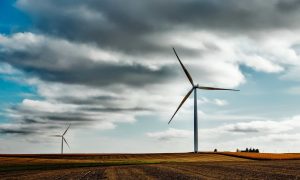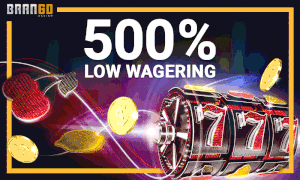Sources of renewable energy are something we have to regard highly and use wisely for the sake of humanity. Traditionally, the production of renewable energy has been linked to the burning forestry material and agricultural waste biomass. Only at the beginning of the 20th century did the hydropower plants started to be used on a larger scale, and nowadays these are dominant with approximately one quarter of renewable energy consumption being accounted for. The times we live in are linking renewable energy and blockchain technology, in an exploration of more efficient ways to produce, distribute and sustain energy.
So, how does the blockchain fit into this picture?
Many people claim that blockchain could be the future of renewable energy. When we hear the word “blockchain” we immediately think of Bitcoin. However, BTC is just one of the aspects of blockchain use. The focus is on a network that is decentralized and controlled by users themselves, with all transaction data being stored on “nodes” or small computers. Blockchain also ensures that the information stored is secured and reliable.
Bitcoin and Energy Consumption
Apart from being very handy and covering the transmission of data and assets instantly, with no “middle man”, blockchain network also uses some energy to run. A lot of energy. There are data that suggest that only in March 2018, the Bitcoin network globally used consumed energy which is equivalent to approximately 86.5% of the energy consumption of the Czech Republic. The fact is that any Bitcoin transaction uses some 500,000 times more energy than a single Visa transaction, entailing huge carbon emissions. However, the alternatives are being developed and some of them are already in use, such as the system called “proof of stake”, which uses significantly lower amounts of energy due to the fact that it does not require that mining, i.e. validating blocks is performed by all the “nodes”.
Blockchain-Based Energy Supply Vs. Traditional Grid
When it comes to the energy sector, the industry in general is still hesitant, possibly because of the blockchain’s ability to keep the records decentralized. Nevertheless, we are witnessing to the growing number of, let us call them, “independent renewable energy installations” which supply households with as much energy as one need. These are usually put on rooftops in the form of solar panels. In some countries, such solar panels can cause stress to the electricity grids, which were designed with centralized powerplants in mind.
There are indications that blockchain could stabilize the grid by allowing users to trade with energy among themselves, which actually means that the users would pay each other directly. From the consumer’s point of view, additional advantage of using blockchain would be in thinking in advance and promoting incentives for local consumption, while producing.
Furthermore, with proper tools, blockchain could ensure the tracking of electricity and its consumption in real time and avoid double counting.
Also, as a network that defies the mainstream, blockchain can allow smaller players, i.e. energy producers to engage and take a share of the market.
The downside to this solution would be eliminating big players in the market, such as distributors, suppliers, retailers – just to name a few.
Blockchain and Renewable Energy in the US
“The Brooklyn Microgrid” is the project based on the above-mentioned principles. In its core, it is a system which produces, stores and trades energy locally, among the members of the community. On the other side, it is not completely decentralized, as the grid itself is still being maintained by the utility provider. Nevertheless, the fact that the energy is produced and traded among and by the users themselves makes the grid more resilient and sustainable. How does it work in practice? Well, you could use your electric car, for example, or solar panels, or any other energy installation to supply the energy to the grid. You could then use the energy yourself or sell it to another consumer. In case there happens to be any extra energy left, you could store it among the members of the grid, making the community energy independent. How cool is that?
For additional info on The Brooklyn Microgrid, you can visit their web site.


